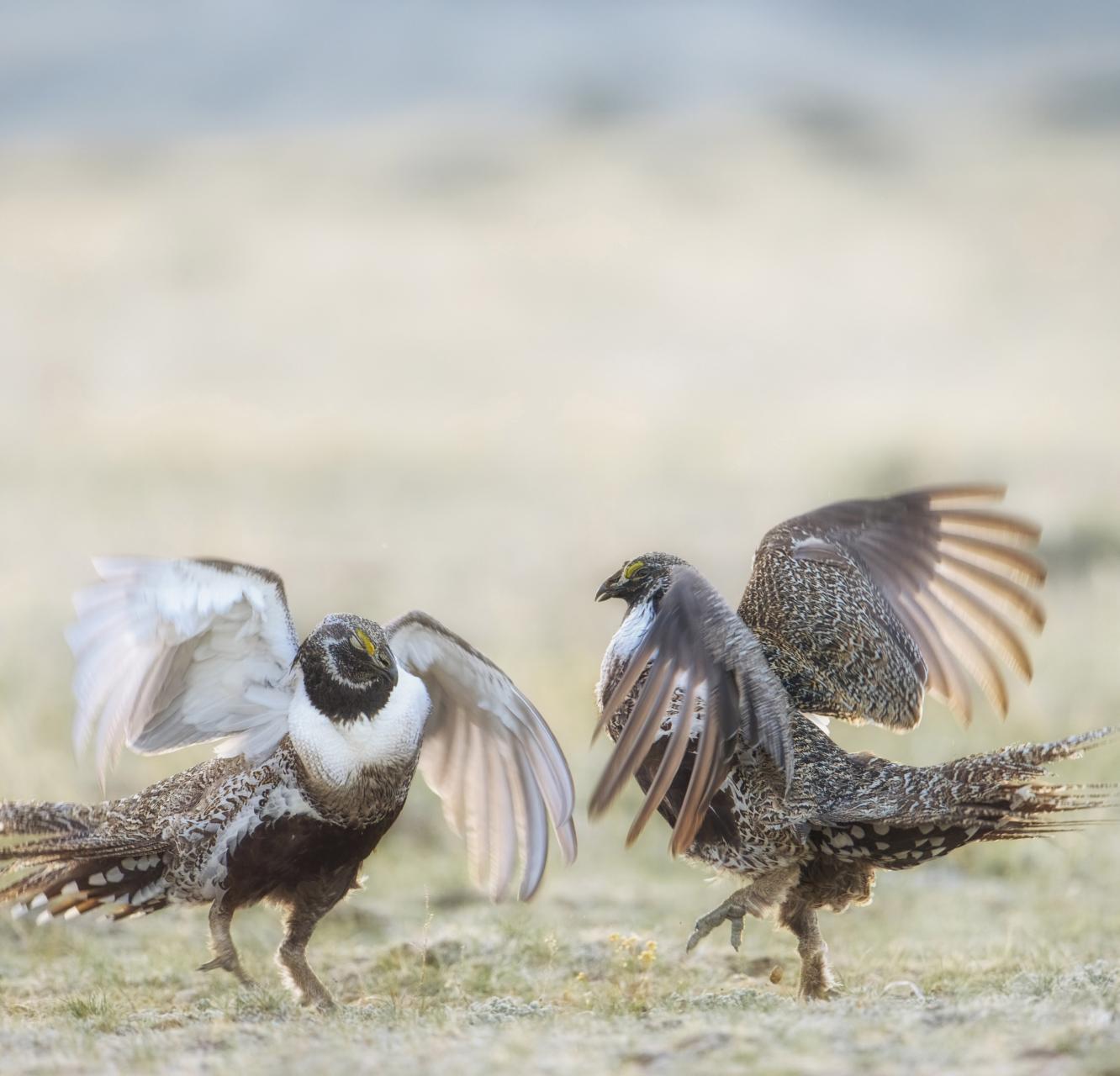Size of Plutonic proposal raises alarms
Wednesday, May 20, 2009Bute Inlet project 100 times larger than typical private venture
Plutonic Power Corporation is scaling new heights for independent power projects -- and the environmental
concerns that accompany them -- with a proposal to BC Hydro for a 1,027-megawatt hydro power project at the head of Bute Inlet on B.C.'s central coast.
The proposal is 100 times larger than the current average run-of-river hydro project and involves a record 17 stream diversions, 445 kilometres of transmission lines, 314 km of roads, 142 bridges, 16 power houses, and a substation.
The scale of the proposal in a remote land ruled by grizzlies and wolves and home to all five species of Pacific salmon is setting off alarms about environmental impact and highlighting concerns about the cumulative impact of such projects around B.C.
"This is just huge," said Gwen Barlee of the Western Canada Wilderness Committee. "Are we supposed to
rely on the goodwill of the company to provide enough water for fish when every ounce of water is another buck in their pocket?"
Run-of-river projects in theory temporarily remove water from a section of stream without fish, although fish such as trout and salmon may utilize downstream portions of that stream.
Marvin Rosenau, a former fish scientist with the provincial government who now teaches at the BC Institute
of Technology, said Plutonic's proposal appears to represent a "massive reconfiguration of the aquatic and
terrestrial ecosystem of Bute Inlet."
"At face value, this is anything but green power."
Craig Orr, executive director of Watershed Watch, said he met recently with Plutonic to discuss
environmental concerns and gave the company credit for its openness.
But he said he remains doubtful about the ability of provincial and federal officials to monitor environmental impacts.
"There is a lot of scientific uncertainty around the data and the monitoring of potential impacts," Orr said,
noting that bureaucrats are "run off their feet trying to keep up with" hundreds of hydro proposals.
"These are freakin' big projects. The scale and magnitude are over the top. That's what scares folks."
Plutonic spokeswoman Elisha Moreno, formerly in public relations with BC Hydro, said the company would
do its best to mitigate esthetic and environmental impacts, but confirmed that infrastructure such as power
lines, powerhouses and water intakes, and a substation would all be visible.
"We don't want someone to fly into the valley and go, 'Oh, this isn't something I feel comfortable with,'" she said.
Transmission lines have proven deadly to birds around North America, so why should Bute Inlet be any
different?
"That's a common concern, about transmission lines spider-webbing," Moreno said, noting that extensive
environmental studies are underway to identify nesting sites and migration routes in hopes of locating lines to reduce impacts. "That's something that's on our mind, too."
Steve Davis, president of the Independent Power Producers Association of B.C., confirmed Plutonic's Bute
Inlet proposal is "unusually large" and, at more than 1,000 megawatts, compares with an average power of 10 megawatts among existing run-of-river operations.
He said it's the job of the environmental assessment process to determine the impacts and set ground rules
that may or may not ultimately make the project viable.
Plutonic's proposal to the B.C. Environmental Assessment Office states the Bute Inlet area supports at least
23 fish stocks, including all five species of Pacific salmon, steelhead, and bull trout.
Plutonic reports show mammalian species of "particular importance" include grizzly bears, mountain goats
and marbled murrelets, a threatened bird that nests in old-growth trees.
The proposed Bute Inlet project is located within the traditional territory of the Homalco First Nation, which
has signed an "impact benefit agreement" with Plutonic. The company has staged a career day for natives to see how they might benefit from the project.
Plutonic hopes to start construction in 2011 and have it partly up and running in 2014. The Bute Inlet
proposal is the biggest submission in BC Hydro's Clean Power Call. During a similar Hydro call for power
proposals in 2006, Plutonic also scored the biggest electricity purchase agreement based on a 196-megawatt run-of-river hydro project -- one-fifth the size of the Bute Inlet proposal -- on the East Toba River and Montrose Creek. Construction of that project is underway, with start-up expected in mid-2010. Plutonic also wants to build a run-of-the-river project in the upper Toba watershed.
lpynn@vancouversun.com
© Copyright (c) The Vancouver Sun






